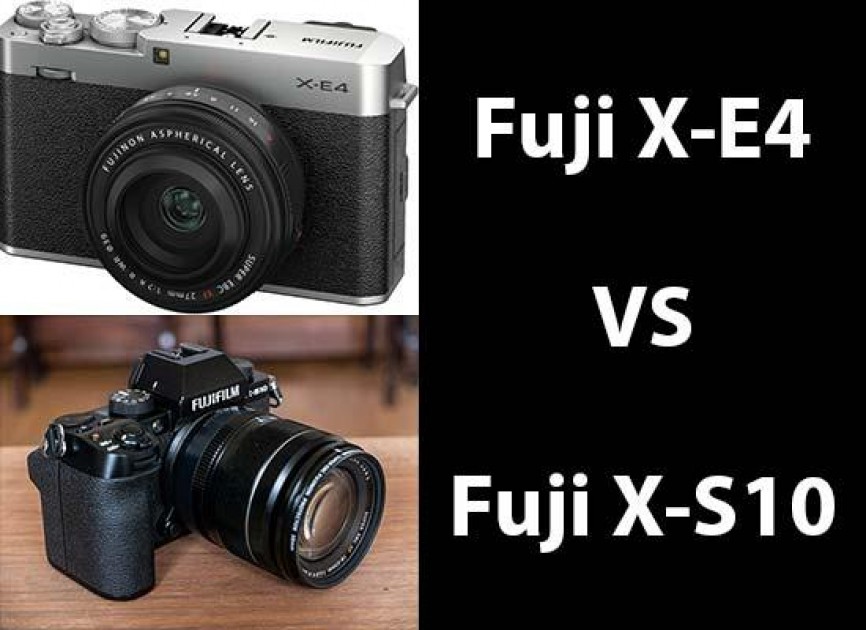The new Fuji X-E4 and the old X-E3 cameras look very similar at first glance, both sporting Fujifilm’s now classic rangefinder-like styling that also closely resembles the popular X100 series of fixed-lens compact cameras.
Three years is a long time in the world of digital photography, though, and a look under the proverbial hood reveals a large number of key differences between them.
We’re bringing you this in-depth Fujifilm X-E4 vs X-E3 head-to-head comparison to show you what’s changed and help you choose between the two generations of this APS-C sensor mirrorless camera.
Sensor
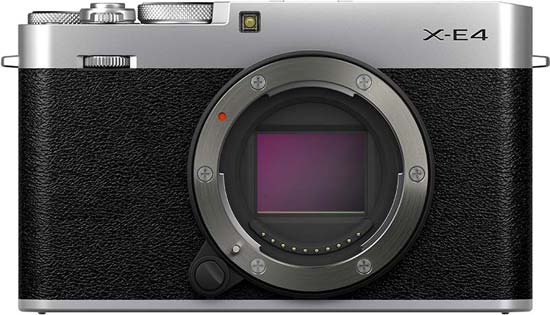
The image sensor inside the new Fuji X-E4 is the very latest 26 megapixel APS-C sized BSI X-Trans sensor, which is also used by the range-topping X-T4 and X-Pro3 models.
It also has the most powerful X-Processor 4 processor, again shared with the higher-end models.
The older X-E3 uses the previous generation 24.3 megapixel APS-C sized X-Trans CMOS III sensor and the older X-Processor Pro engine.
ISO Speed

The native sensitivity range of the XE4 camera is ISO 160 to ISO 12,800, which can be expanded to ISO 80 to ISO 51,200.
The X-E3 has a standard ISO range of 200-12800 and an expandable sensitivity range that runs from ISO 100-51,200.
Video

The Fuji X-E4 ‘s video mode features a highest quality rate of DCI 4K/30p with no crop, recorded in 4:2:0 8-bit internally and 4:2:2 10-bit via the micro-HDMI port to an external recorder.
It supports the F-Log profile, Eterna film simulation, 200Mbps bitrate and 1080p/240p 10x slow-motion mode. There’s also a digital image stabiliser which works in conjunction with the in-camera and lens-based systems and IS Mode Boost.
There are different Main menu and Quick menu systems for stills and video modes and a 3.5mm MIC socket and a USB-C to headphone adapter are provided in the box.
The Fujifilm XE4 supports the Long GOP compression format and offer a maximum recording time of 30 minutes.
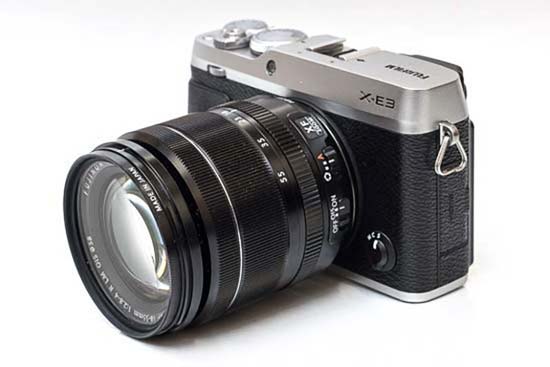
The previous Fujifilm X-E3 can record 4K UHD/30p video, with 24/25p frame rates also on offer, but only for up to 10 minutes of recording time, which is a little on the short side.
There is a HDMI port for connecting the X-E3 to a high-definition TV, and you can adjust the level of the internal microphone and attach an external mic for better sound quality via the Mic and Remote ports.
The X-E3 only offers 100Mbps bit rate, doesn’t support F-log, has a non-standard 2.5mm remote/audio microphone jack, doesn’t have a headphone socket, there’s no histogram or zebra warnings during video recording, and there is no Face Detection autofocus mode available when recording 4K video.
Autofocus
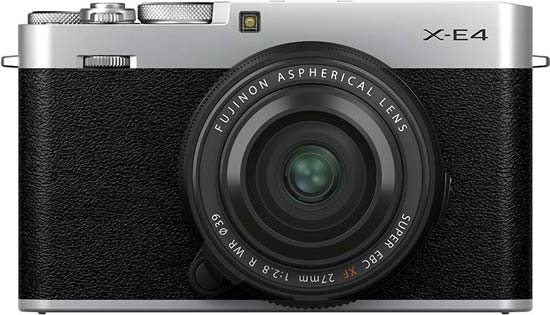
The new X-E4 has exactly the same hybrid autofocus system with phase detection and and contrast detections points as the X-T4 and X-Pro3.
In the Single point AF mode there are up to 425 selectable AF points arranged in a 25×17 grid. Alternatively, the XE4 can be set to 117 points in a 13×9 grid, and the size of the points can also be varied.
In addition to Single point AF, there’s Zone AF which allows the AF points to be selected in 3×3, 5×5 or 7×7 groups, and
Wide/Tracking AF.
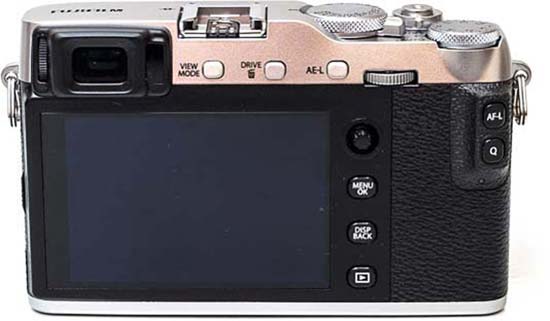
The X-E3 offers 91 selectable AF points including 49 phase-detect AF points laid out in a 7×7 grid.
If you want even more control, you can select the 325 points option which splits the same area of the frame into a 13×25 grid of smaller AF points, of which the central 77 are phase-detection points.
The phase-detect AF points only covers the center 50% of the frame horizontally and 70% vertically, though, making it less useful for fast-moving subjects.
Burst Shooting
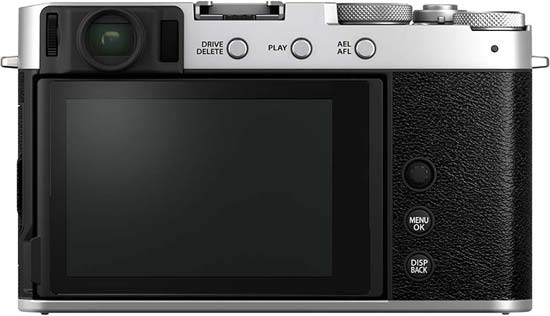
The XE4 offers a respectable 8fps continuous shooting speed when using the mechanical shutter and it can achieve 20fps when switching to the electronic shutter without any crop, or 30fps with a 1.25x crop applied.
The XE3 also offers a pleasingly fast continuous shooting rate of 8fps for up to 62 JPEG or 25 Raw files.
This can be further increased to 14fps by using the electronic shutter, although the focus and exposure are locked at the first frame of the sequence.
Body and Design

At first glance the design of the body and controls are similar between the XE4 and the XE3, although on closer inspection there are some quite notable changes.
The older camera had a small-ish hand-grip at the front and a more prominent rest at the rear for your thumb, but the hand-grip has completely disappeared on the new model.
In contrast, the X-E4 has a completely flat, albeit textured, front that’s potentially more difficult to get a grip on.
There is an optional new metal hand-grip for the X-E4 (cunningly called the MHG-XE4), but that obviously adds extra cost, weight and complexity.

The X-E3’s handy M/C/S focus switch has completely disappeared from the X-E4 – the only control left on the front panel is the first control dial for setting the aperture/shutter speed.
On top, the Quick Menu button has moved from the rear of the X-E3 to the top of the X-E4, and the shutter speed dial has gained a new Program (P) mode setting.
At the rear, the user interface has been simplified from 10 controls on the XE3 to just 6 on the XE4.

The biggest change to the back of the X-E4 is the rather perplexing omission of a rear control dial, a design feature that we really liked on the X-E3.
This makes it more difficult to change the key exposure settings, as the XE4 now only has one control dial on the front.
The AF-L button is now shared with the A-EL button, the View Mode button has disappeared completely, and the Playback button has moved up alongside the shared Drive/Delete button.
All of these changes make for a cleaner interface, but it remains to be seen if usability has been negatively affected, especially by the lack of the second, rear control dial.
IBIS

Neither the X-E3 or the X-E4 feature in-body stabilisation (IBIS).
They instead rely on the lens to supply this feature, which is less effective than a dual body/lens combination.
So if you really want to have IBIS or the most effective stabilisation system overall, you’ll need to step up to the X-S10 model.
Viewfinder

The X-E4 and X-E3 both share the same 2.36M-dot OLED electronic viewfinder with 0.62x magnification, 100fps refresh rate and a built-in eye sensor.
LCD Screen

The new X-E4 has a 3-inch touch-sensitive LCD screen with 1.62M-dots that can be tilted forwards by 180-degrees, which makes it ideal for vlogging and taking selfies.
It also has a very slim profile, much like the screen on the X100V, which means that it lies flat against the back of the camera.
The older XE3 has a 3-inch touch-sensitive LCD screen with 1.04M-dots that is fixed into place, so it’s both lower-resolution and less versatile.
Memory Cards
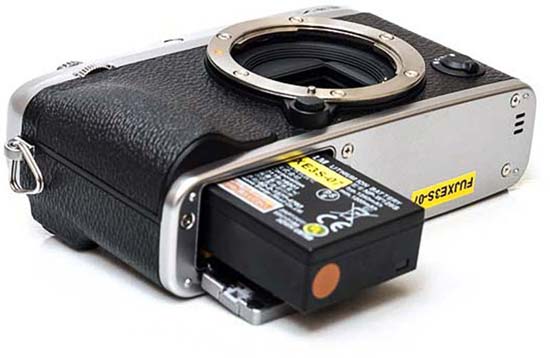
Perhaps unsurprisingly given the small, compact size of the X-E4 and the X-E3, they only have a single memory card slot.
On the XE4 and XE3, the memory card slot is next to the battery in a shared compartment on the bottom of the camera, which is less convenient, especially when the camera is mounted on a tripod.
The single memory card slot is also less flexible and offers less peace of mind than the dual slots on the flagship XT4.
Battery Life
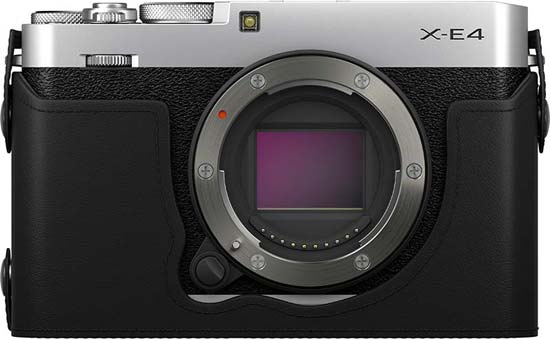
The Fujifilm X-E4 uses exactly the same NP-W126S battery as the X-E3 model, rather than the larger capacity NP-W325 battery used by the X-T4.
The NP-W126S offers a CIPA-rated battery life of up to 500 shots on a single charge in normal mode and 600 shots in the ‘economy’ mode.
The XE4 can also be powered and charged via a USB-C connection, which is useful if you’re out and about and have a compatible powerbank to plug the camera into. The XE3 doesn’t offer this feature.
Kit Lens
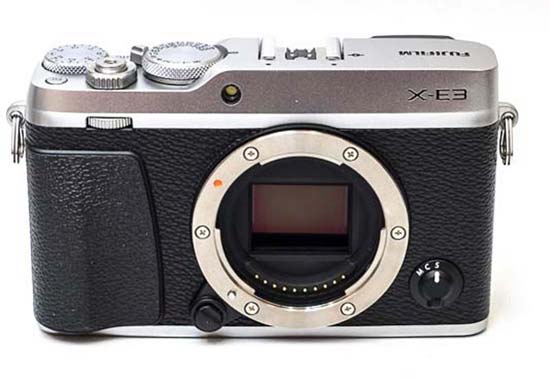
In terms of kit lenses, the new X-E4 can only be purchased in kit form with the equally new XF 27mm F2.8 R WR prime lens.
The X-E3 is available in a kit with the well-regarded XF 18-55mm f/2.8-4 OIS kit lens.
Both cameras can also be purchased body-only too if you already have a bag full of Fuji lenses.
Price
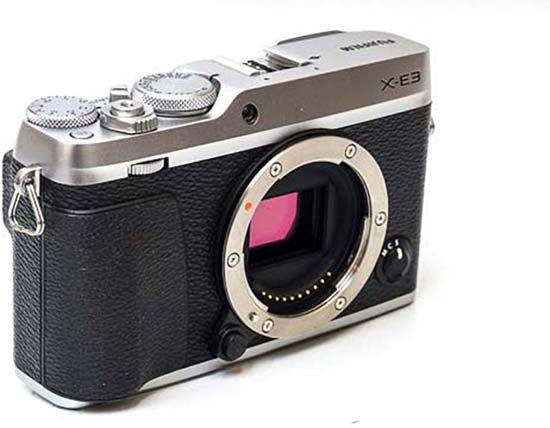
In the UK the Fujifilm X-E4 costs £799 body only or £949 with the XF 27mm F2.8 R WR lens.
Three years ago at launch, the Fujifilm X-E3 was priced at £849 body only or £1249 with the XF 18-55mm f/2.8-4 OIS kit lens.
So commendably Fujifilm have actually lowered the launch price of the X-E4 when compared with the X-E3.
Street prices are another thing altogether – the X-E3 is currently available for around £349 body-only or £549 with the 18-55mm lens, which really does show how much depreciation there is in the camera industry!
Conclusion
The new Fuji X-E4 inherits exactly the same image sensor, processor and auto-focusing module as the X-T4, a camera that costs twice as much, making Fujifilm’s best stills image quality and AF system available to an even wider audience than ever before.
And with better video performance, faster burst shooting and a higher-res, more versatile LCD screen, it’s clear that the 2021 Fujifilm X-E4 represents a major step forwards when compared to the three-year-old X-E3.
It’s not all good news for the XE4 though – the puzzling removal of the second, rear control dial and the front handgrip sees like very strange design decisions, and it remains to be seen what the further simplification of the control layout means for the overall usability.
You also need to carefully consider the cost – with the street price of the X-E3 currently undercutting the X-E4 by a whopping £450 for the body-only, we’d strongly recommended considering a camera that came Highly Recommended when we reviewed it back in 2017.
So what do you think? Would you choose the new Fujifilm X-E4 or the old X-E3? Leave a comment below!


